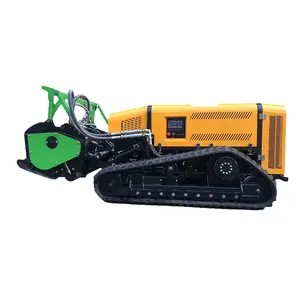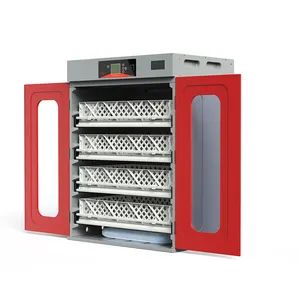Popular in your industry













































































Related Searches:





















































































































































Top categories
About biofilter tank
A biofilter tank is a container designed to enhance the biological treatment of wastewater by providing an optimal environment for microorganisms to break down organic pollutants. It is an integral component of decentralized wastewater treatment systems, such as septic systems, where it plays a crucial role in the treatment and remediation of domestic or industrial effluents. The biofilter tank is typically constructed from durable materials such as fiberglass or high-density polyethylene to ensure longevity and resistance to corrosion. Additionally, its design includes internal components like filter media or packing materials to support the growth of beneficial microorganisms that facilitate the biological treatment process.
The Types of Biofilter Tanks
The types of biofilter tanks can be categorized based on their application and specific design features. A septic tank biofilter is a type of biofilter tank specifically integrated into septic systems to enhance the treatment of wastewater. It combines the settling and anaerobic digestion processes of a septic tank with the aerobic treatment provided by the biofilter, resulting in more comprehensive treatment of organic matter and contaminants. Another type is the biofilter septic tank, which is designed to integrate the septic tank's primary function with the biological treatment capabilities of a biofilter. In contrast, a biofilm reactor is a type of biofilter tank that focuses on the attachment and growth of microorganisms on a support medium, or biofilm, to enhance the treatment of contaminated water streams. This specialized design allows for a more concentrated and efficient biological treatment process. Additionally, constructed wetlands are a type of biofilter tank designed to mimic natural wetland ecosystems, utilizing wetland plants and microorganisms to treat wastewater through biological, physical, and chemical processes. These biofilter tanks are often used in decentralized wastewater treatment applications and provide effective treatment while offering benefits such as sustainability and habitat creation.
The Benefits of Biofilter Tanks
Biofilter tanks offer several advantages, making them a popular choice for improving wastewater treatment processes. One of the advantages of biofilter tanks is their ability to efficiently remove pollutants and organic matter from wastewater through biological degradation. This not only enhances treatment efficacy but also contributes to the reduction of contaminants in the effluent. Moreover, biofilter tanks can be tailored to specific treatment needs, allowing for the customization of the treatment process based on factors such as flow rate, contaminant type, and site conditions. The adaptability of biofilter tanks makes them versatile and suitable for diverse wastewater treatment applications, from septic systems in residential areas to industrial wastewater treatment plants.
The Maintenance of Biofilter Tanks
Regular maintenance is essential to ensure the continued performance and longevity of biofilter tanks in wastewater treatment systems. Maintenance tasks often include monitoring the biofilter's performance, inspecting the tank for any signs of damage or clogging, and periodically replacing the filter media to maintain optimal conditions for microbial growth and treatment. It is also important to control the inflow of wastewater to prevent overloading the biofilter and to monitor the oxygen levels within the tank to ensure that aerobic conditions are maintained for effective biological treatment. By following a comprehensive maintenance schedule and addressing any issues promptly, operators can maximize the efficiency and lifespan of biofilter tanks, contributing to sustainable and effective wastewater treatment.








































